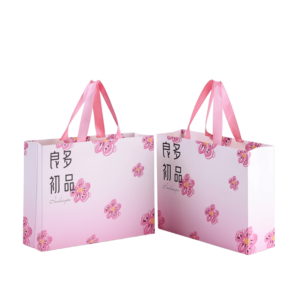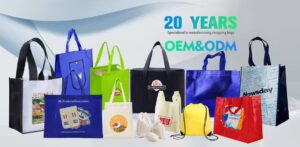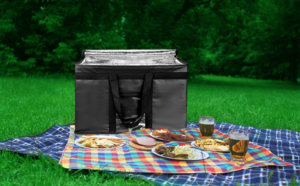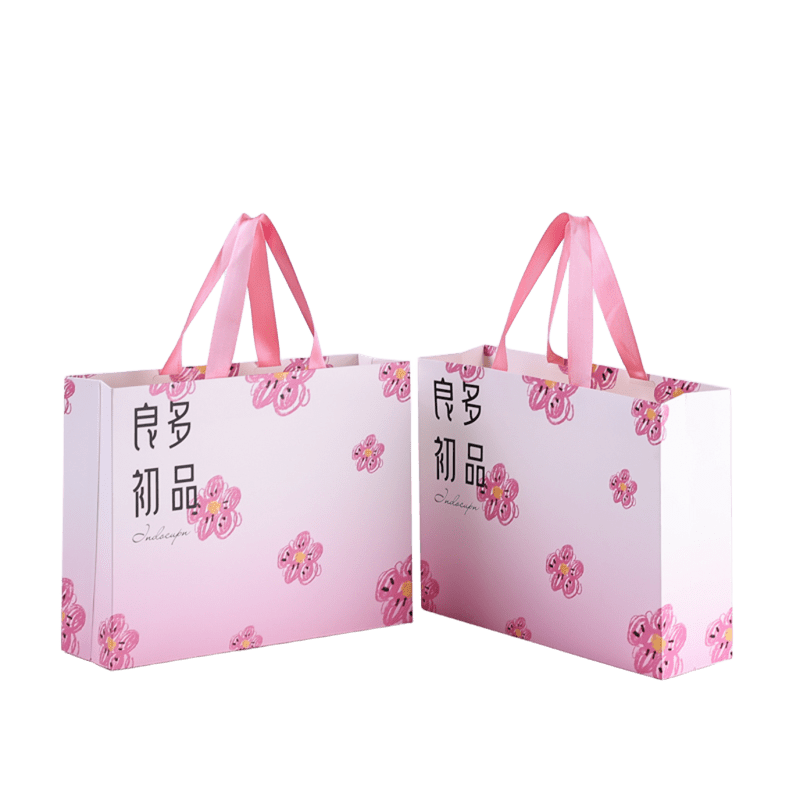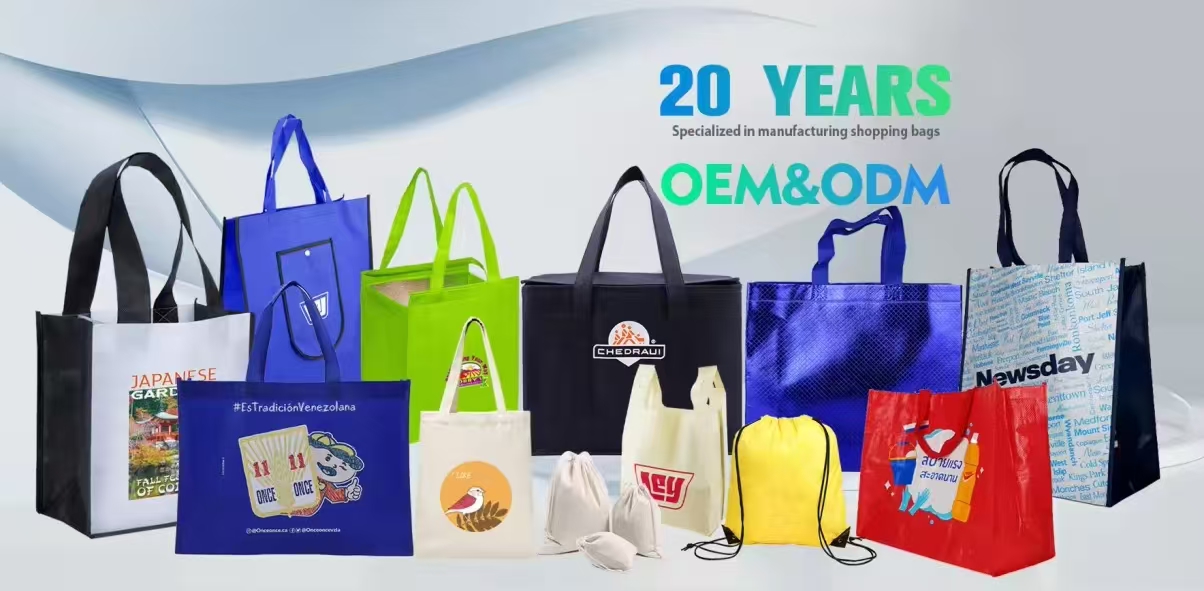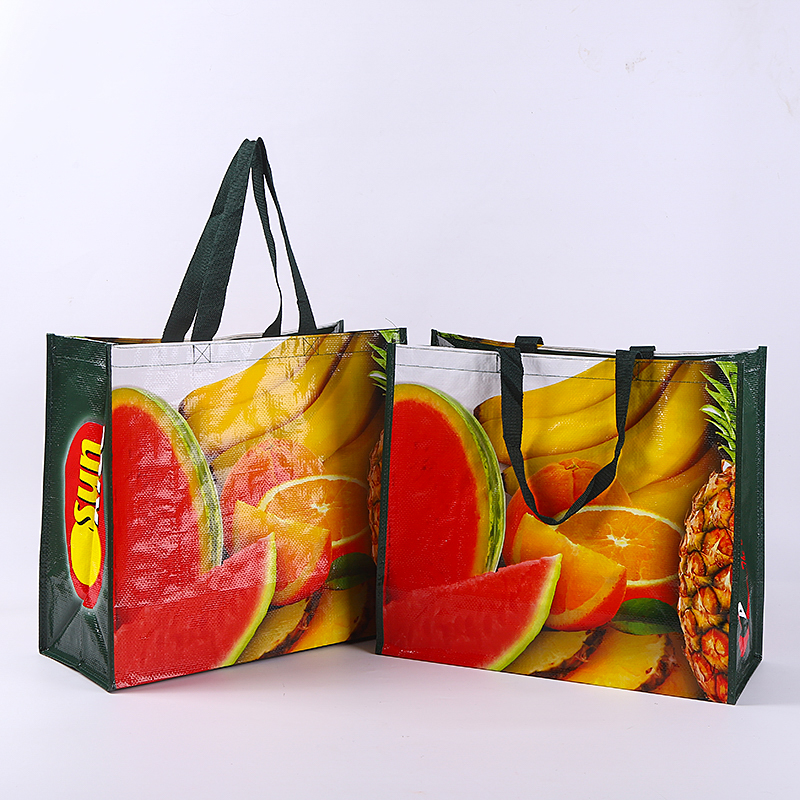
Frustrated with shopping bags that rip too easily or aren’t eco-friendly? Understanding materials and quality helps you make the right choice.
Shopping bags come in various materials like plastic, paper, and fabric. Choosing reusable, high-quality bags benefits the environment and your budget.
Curious about bag types, quality, and the best materials? Keep reading to discover the details that will guide your choices.
What Kind of Material Are Shopping Bags Made Of?
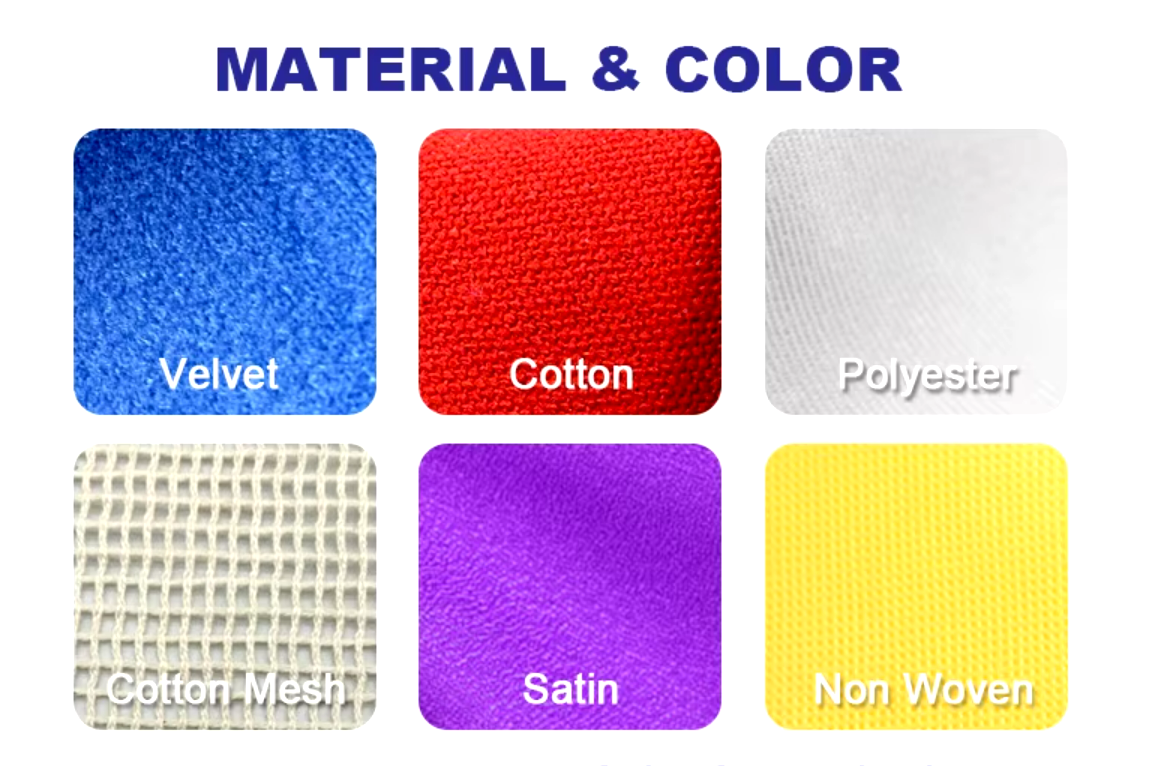
Choosing the right shopping bag starts with understanding the materials available.
Shopping bags are made from plastic (HDPE, LDPE)1, paper, non-woven fabric, woven fabric, and canvas. Each has unique advantages and disadvantages.
Common Bag Materials
| Material | Features | Pros | Cons |
|---|---|---|---|
| HDPE Plastic2 | High density, rigid | Strong, low cost | Not eco-friendly |
| LDPE Plastic3 | Low density, flexible | Soft, affordable | Less durable |
| Paper4 | Biodegradable, recyclable | Eco-friendly | Weak, not waterproof |
| Non-Woven Fabric5 | Reusable, durable | Customizable, sustainable | Higher initial cost |
| Woven Fabric6 | Very durable, reusable | Long-lasting, eco-friendly | Expensive |
Each material suits different purposes. Choose based on your needs for strength, cost, or sustainability.
What Type of Bag Is a Shopper?
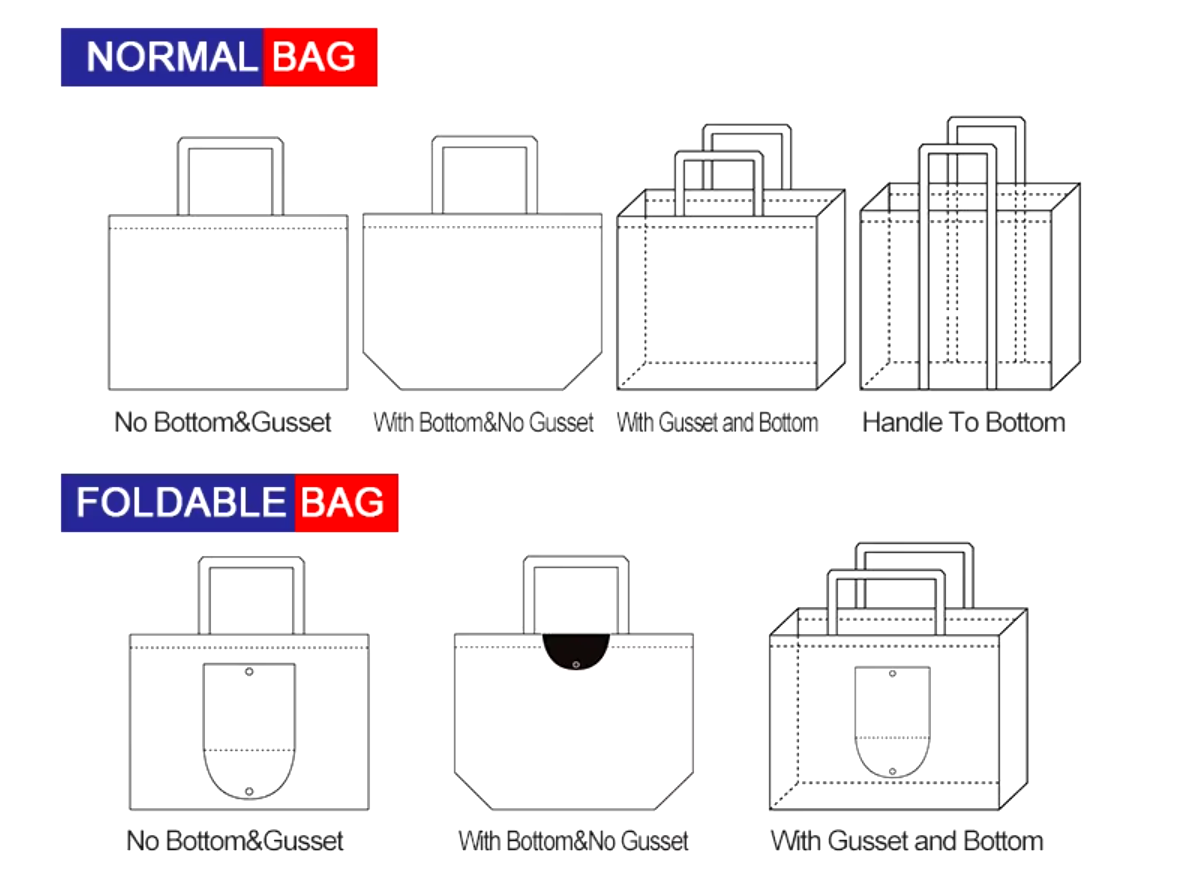
Unsure what “shopper bags” are and how they’re different from other bags?
A shopper bag is a large, durable bag designed for carrying multiple items. They are reusable and often made from fabric, plastic, or paper.
Types of Shopper Bags
| Type | Material | Best Use |
|---|---|---|
| Fabric Shopper | Non-woven, woven, canvas | Groceries, heavy items |
| Plastic Shopper | HDPE, LDPE | Supermarkets, retail stores |
| Paper Shopper | Kraft paper | Eco-friendly shopping |
Shopper bags are designed for durability, making them ideal for large or heavy purchases.
How Can You Tell a Good Quality Bag?
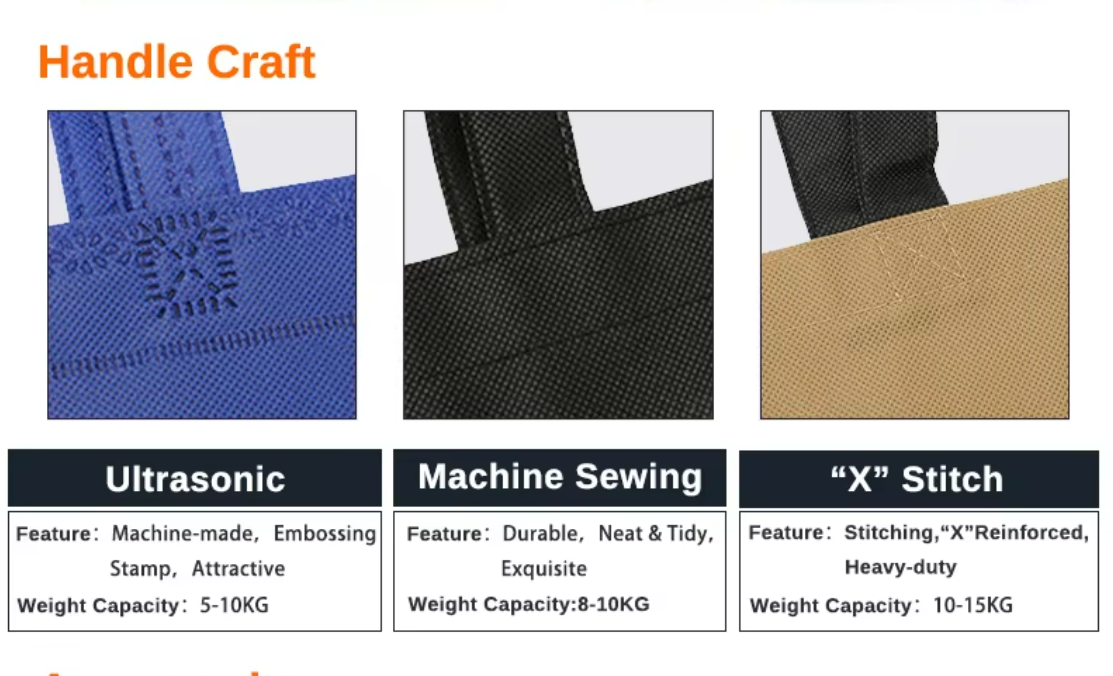
Frustrated with bags that tear easily? Knowing how to spot a quality bag can save time and money.
A good quality bag is durable, with reinforced handles, thick material, and sturdy stitching or seams.
Quality Checklist
- Material Thickness: Thicker materials last longer.
- Handles: Reinforced stitching or strong glue ensures durability.
- Seams: Double-stitched seams prevent tearing.
- Load Capacity: Check weight limits if specified.
Signs of Poor Quality Bags
| Feature | Indication of Poor Quality |
|---|---|
| Thin Material | Tears easily under load |
| Weak Handles | Handles detach under pressure |
| Loose Seams | Seams come apart with weight |
Choosing a bag that meets these criteria ensures longevity and reliability.
Which Bag Material Is Best?
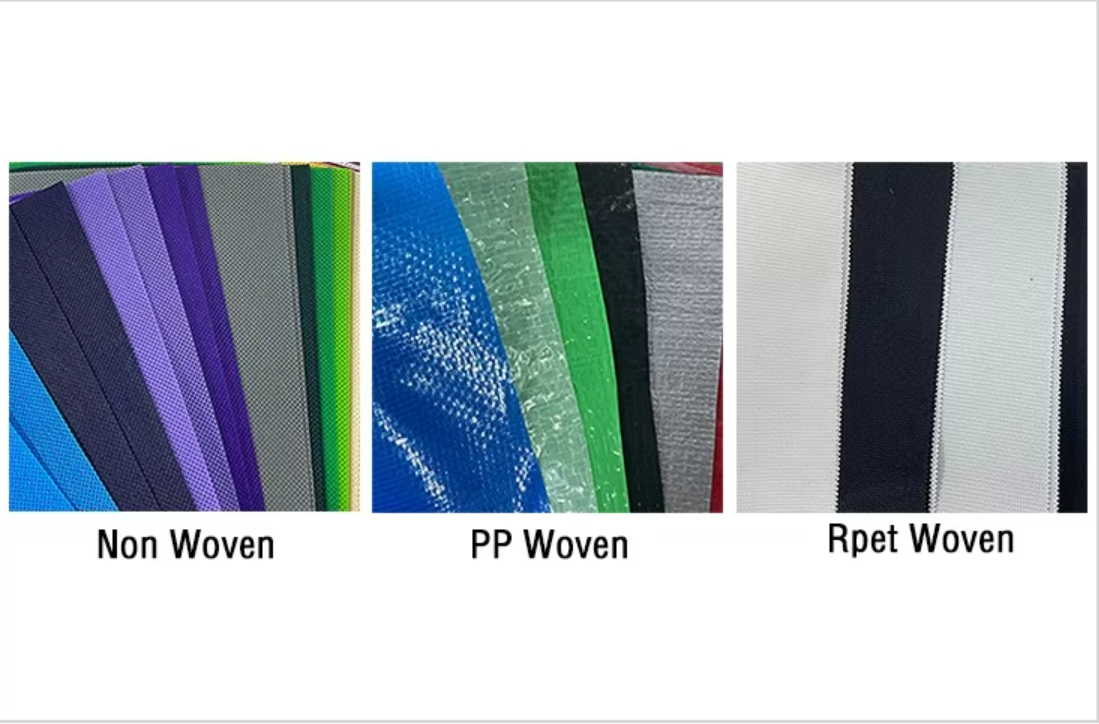
Not sure which bag material offers the best balance of cost, durability, and eco-friendliness?
The best material depends on your needs. For durability and sustainability, fabric bags are ideal. For cost-efficiency, plastic bags are suitable.
Material Comparison
| Material | Best For | Advantages | Disadvantages |
|---|---|---|---|
| HDPE Plastic | Heavy groceries | Strong, low cost | Not eco-friendly |
| LDPE Plastic | Lightweight items | Flexible, affordable | Less durable |
| Paper | Branding, eco-friendliness | Biodegradable, recyclable | Not waterproof |
| Non-Woven Fabric | Reusable shopping | Durable, customizable | Higher initial cost |
| Woven Fabric | Heavy-duty use | Very strong, long-lasting | Expensive |
For repeated use and branding, non-woven and woven fabric bags offer the best value.
Why Should Everyone Use Reusable Shopping Bags?

Still using disposable bags? Switching to reusable bags benefits the environment and saves money over time.
Reusable shopping bags reduce waste, lower pollution, and save resources compared to single-use plastic bags.
Benefits of Reusable Bags
| Benefit | Explanation |
|---|---|
| Eco-Friendly | Reduces plastic waste and pollution |
| Cost-Effective | Saves money over time with repeated use |
| Durability | Handles heavy loads without breaking |
| Customizable | Great for branding and promotions |
Switching to reusable bags is a small step that makes a big impact on the environment.
Conclusion
Choosing the right shopping bag depends on materials, quality, and sustainability. Opt for reusable bags to reduce waste and get better long-term value.
-
Learn about the different types of plastic used in bags and their environmental impact. ↩
-
Understand the characteristics of HDPE plastic and its applications in shopping bags. ↩
-
Discover how LDPE plastic is used in flexible shopping bags and its pros and cons. ↩
-
Find out why paper bags are considered sustainable and their environmental advantages. ↩
-
Explore the advantages of non-woven fabric bags and their durability. ↩
-
Learn why woven fabric bags are long-lasting and suitable for repeated use. ↩


